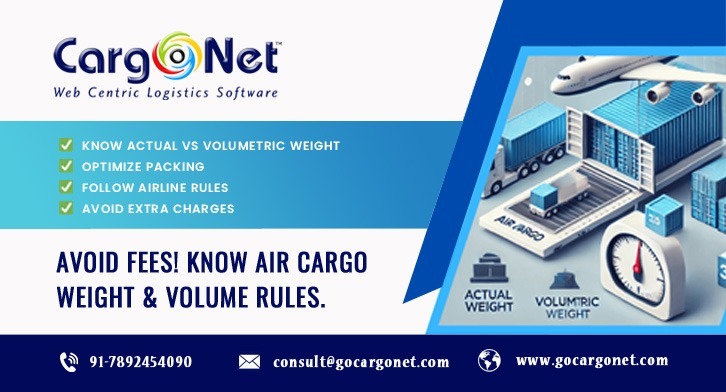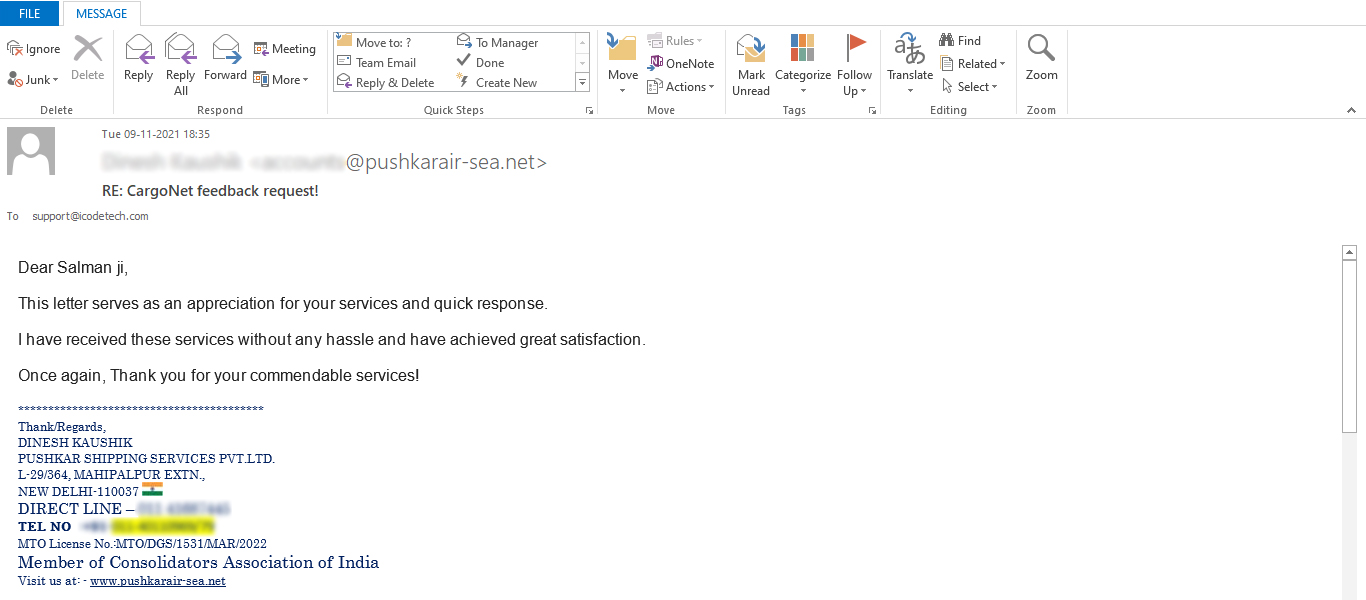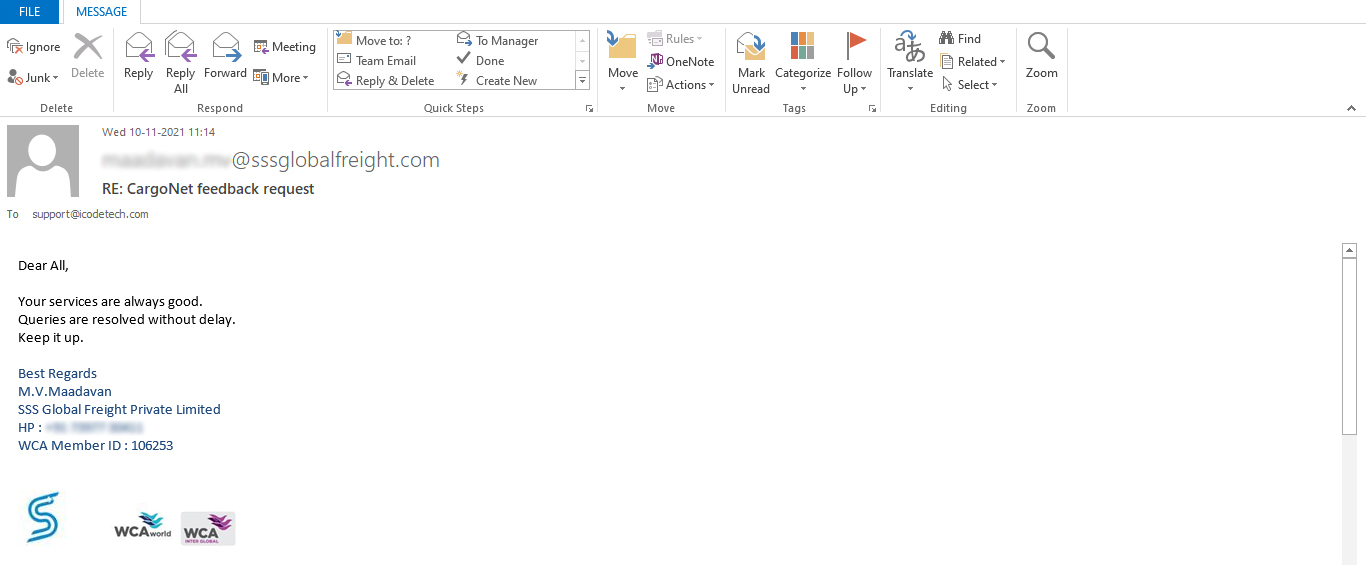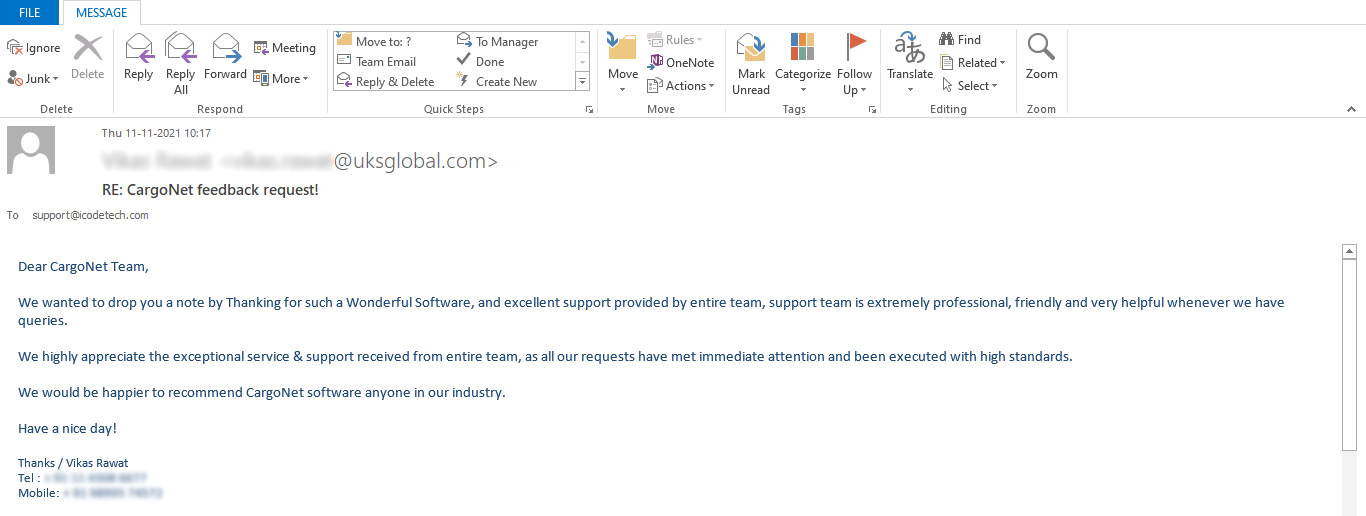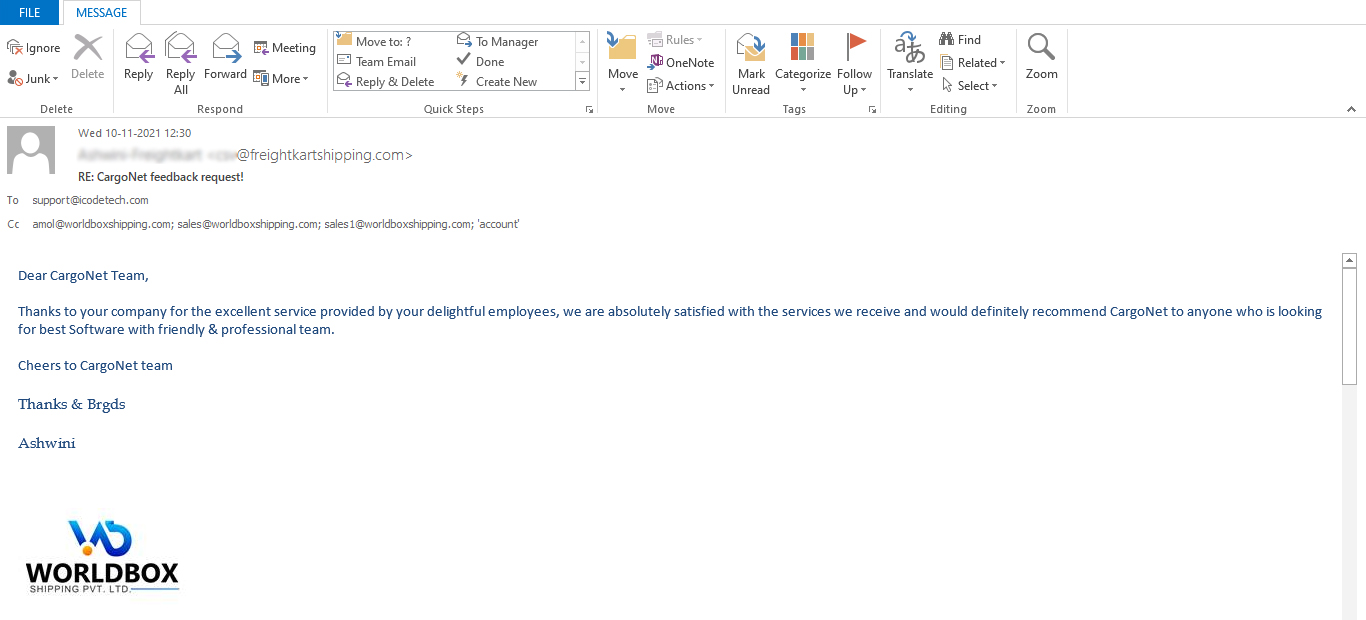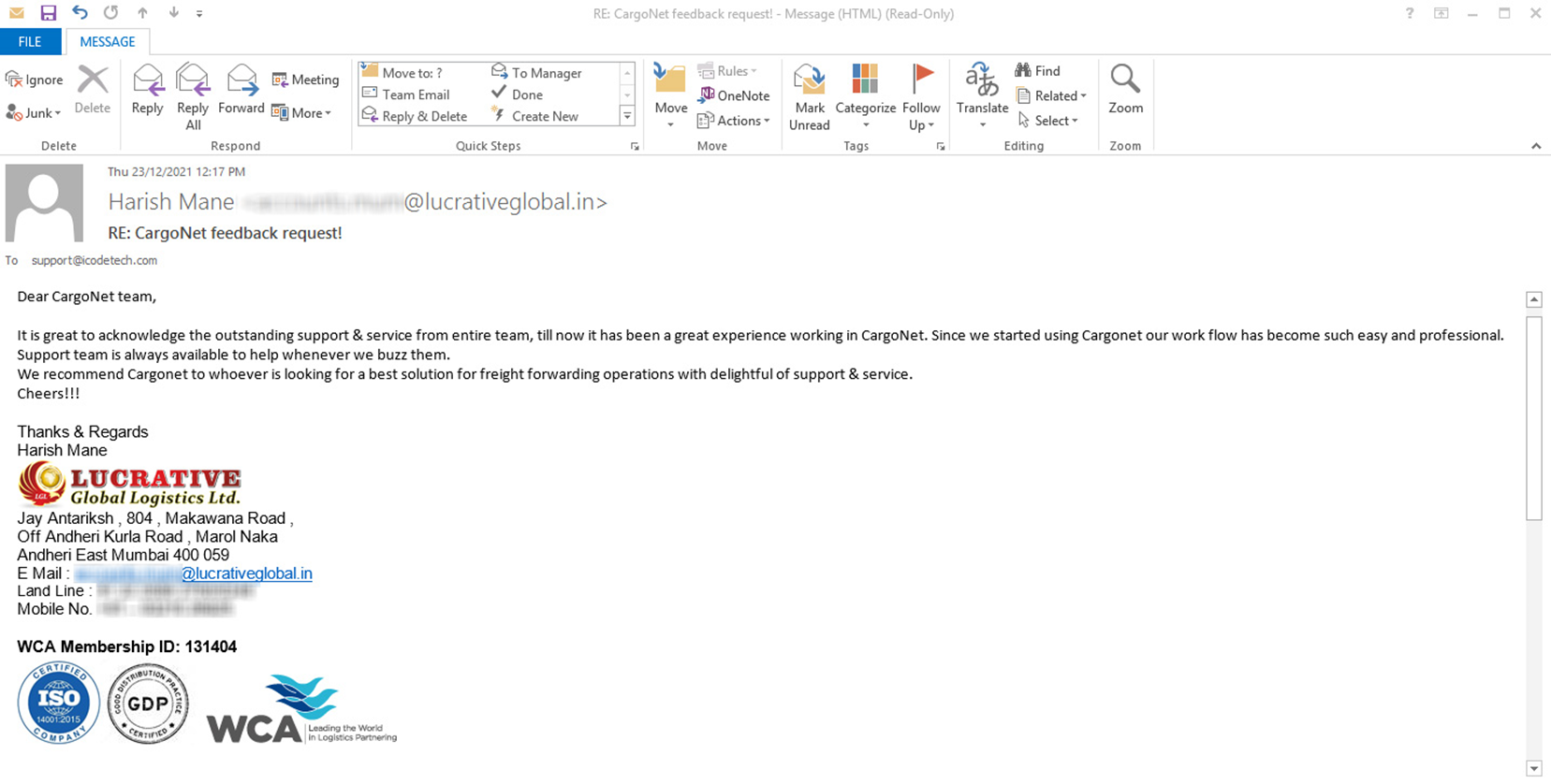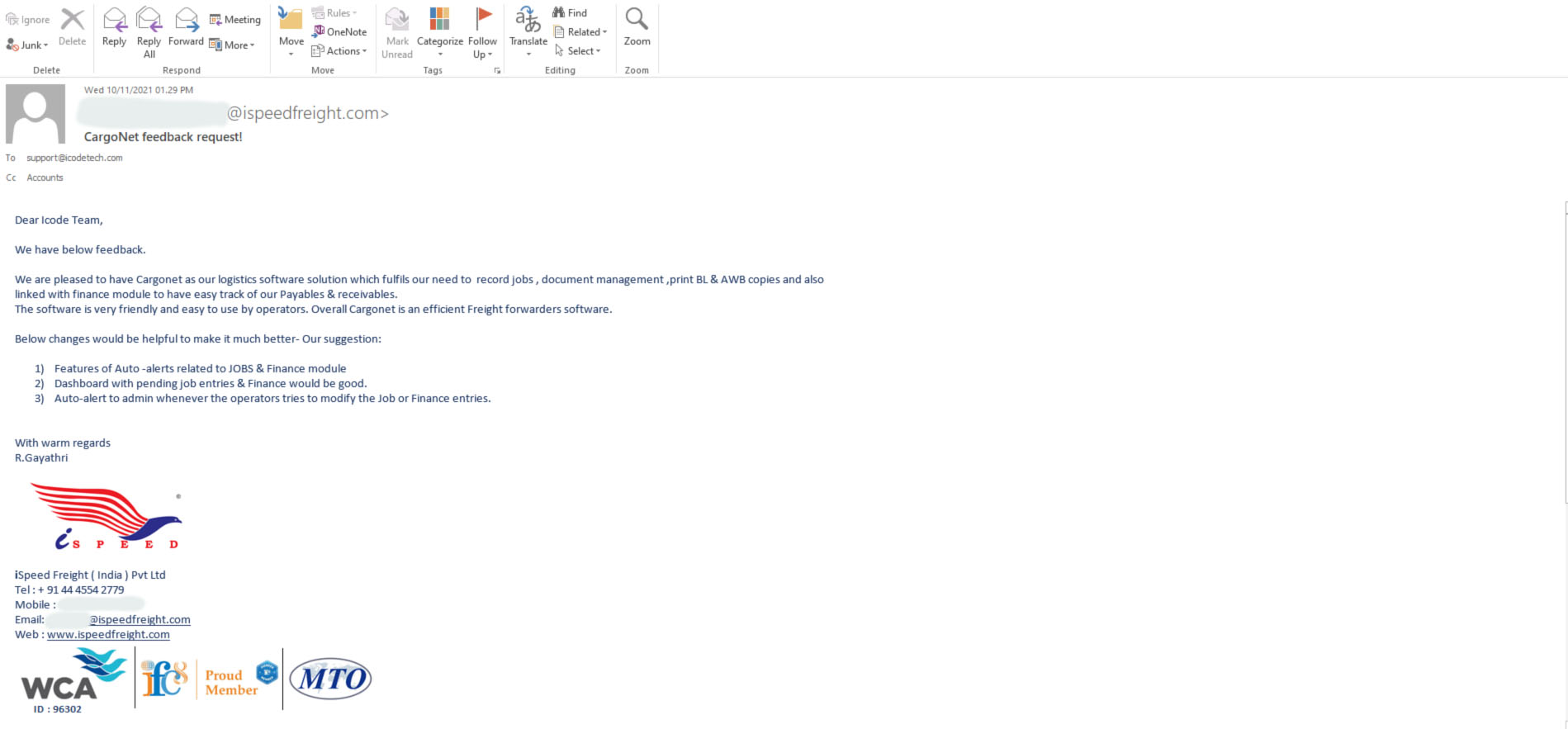Air cargo shipping plays a crucial role in global trade, offering fast and reliable transportation for businesses. However, shippers must navigate strict weight and volume restrictions imposed by airlines. Understanding these limits ensures cost-effective shipping, avoids penalties, and optimizes cargo space utilization.
Why Do Airlines Impose Weight and Volume Restrictions?
Airlines enforce weight and volume restrictions to maintain safety, efficiency, and fuel economy. Every aircraft has a maximum takeoff weight (MTOW), which includes passengers, cargo, and fuel. Exceeding weight limits can lead to safety hazards, regulatory violations, and increased fuel consumption.
Key Factors Affecting Weight and Volume Restrictions
- Aircraft Type – Different aircraft models have varying cargo capacities. Wide-body planes can accommodate heavier loads than narrow-body aircraft.
- Payload vs. Volume – Some shipments may reach volume limits before weight limits, especially with lightweight, bulky items.
- Balance and Distribution –Proper weight distribution ensures flight stability and safety.
- Regulatory Compliance – International aviation authorities set cargo weight and dimension limits based on safety standards.
Common Weight and Volume Limits in Air Cargo
1. Weight Restrictions
General Cargo: Most airlines impose a maximum weight per package, typically ranging from 70 kg (154 lbs) to 1000 kg (2200 lbs), depending on aircraft type.
Pallet Cargo: Standard ULD (Unit Load Devices) containers have specific weight limits:
- LD3 Container: ~ 1,587 kg (3,500 lbs)
- PMC Pallet: ~ 6,800 kg (15,000 lbs)
- Main Deck Pallets: ~10,000 kg (22,000 lbs)
2. Chargeable Weight Calculation
Airlines determine shipping costs based on the chargeable weight, which considers both the actual weight (gross weight) and volumetric weight of the cargo. The formula for volumetric weight varies by airline but is generally calculated as:
(L x W x H in cm) / 6000 (for most airlines) or /5000 (for express carriers)


